Spring Green Up and Burndown
BY Dairyland Seed Agronomy Team
Overview
Warmer weather experienced across the Dairyland Seed footprint has started to turn fields of winter wheat, cover crops and alfalfa a deeper green -- a sign that these crops are breaking dormancy and spring has arrived. This green up is not only noticeable in these crops, but a green hue can also be seen in fields intended for soybean and corn production this year.
The arrival or green up of winter annual weeds is beginning in many areas and control of these weeds is important for season-long weed control. This article includes photos of several spring weeds.
Many of these weeds, such as shepherds purse, marestail, pennycress, and cressleaf groundsel, begin life in a rosette stage. The rosette stage refers to a plant that is low to the ground, generally with a circular leaf orientation. These plants then “bolt” upright and begin vegetative and reproductive growth. Burndown chemistries are most effective on these weeds when they are in the rosette stage. Timely applications can help to ensure control.
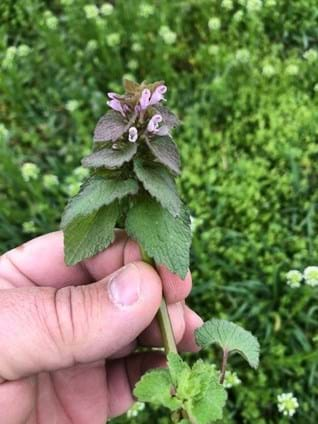
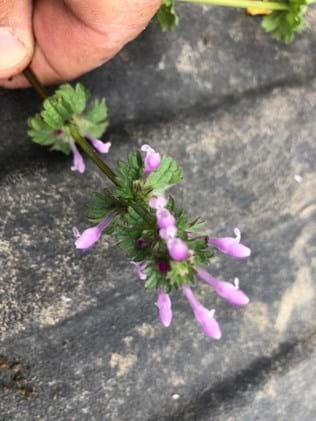
Purple Deadnettle Henbit
The impact on yield that weeds have regarding competition for water and nutrients is well understood, but heavy early weed pressure can also harbor insect pests as well. For example, cutworm populations are donated to the Dairyland Seed footprint through storm fronts from the Gulf and southern US. Cutworm moths are often attracted to areas of fields with vegetation such as a weed patch. We have also noted that marestail, and others, can be a secondary host for asiatic garden beetle in areas that see heavy AGB pressure. Early weed control is key to the start clean, stay clean weed control system.
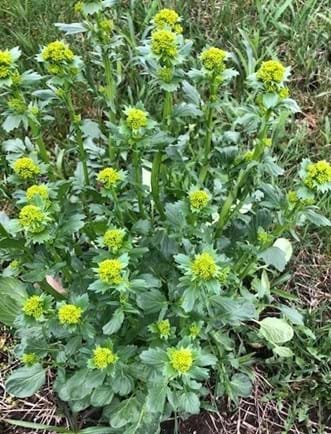
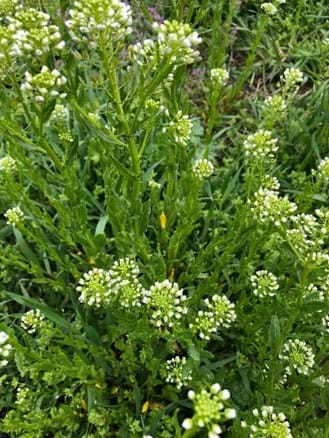
Wintercress Field Pennycress
What you should know:
- Burndown is a good practice for catching small weeds before they go to seed. Burndown can be especially helpful if you were unable to treat fields in the fall.
- Burndown is recommended in no-till operations but can also improve weed control in tilled fields.
- Burndown and pre-emergence application may both be necessary, depending on weed pressures in your field. Pre-emergent products should also offer residual control to help keep new weeds from growing.
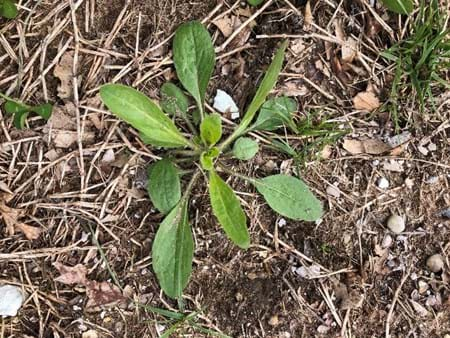
Marestail Rosette
Action steps:
- Spray early: Early is better to stay ahead of nutrient-robbing weeds. However, be sure to consult the herbicide label directions for temperature guidance. Cold temperatures can reduce the effectiveness of some herbicides.
- Use the recommended rate: Follow label directions. Using a less-than-recommended rate will likely only result in needing to apply more herbicide pre- or post-emergence.
- Know the resistant weeds in your area: If your region is experiencing particular weed resistance issues, you may need to use a different class of chemistry to gain effective control.
- Pay attention to plant back restrictions: Depending on your crop, some burndown herbicides may require you to wait a week or more before planting. Particularly if you are facing a compressed planting season due to weather, you may want to choose a burndown herbicide with no plant back restrictions for your crop
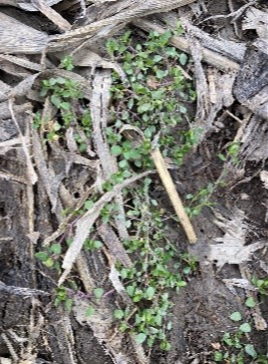
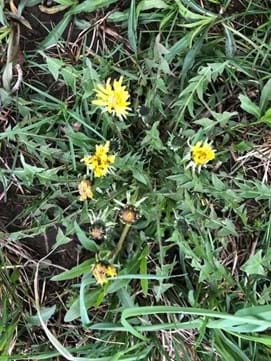
Common Chickweed Dandelion

Brian Weller
Western Region
507.456.3034

Rod Moran
Western Region
507.456.3034

Dan Ritter
Central Region
219.863.0583

Branden Furseth
Northern Region
608.513.4265

Mark Gibson
Eastern Region
260.330.8968

Amanda Goffnett
Eastern Region
989.400.3793

Ryan Mueller
Eastern Region
989.400.3793
